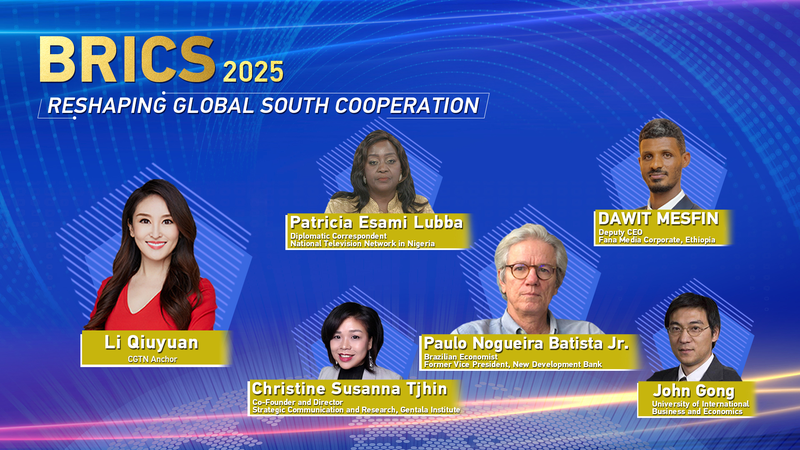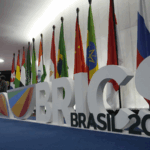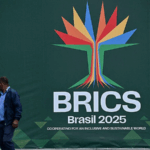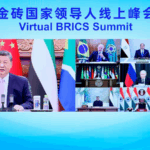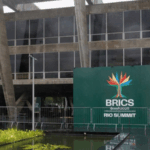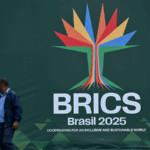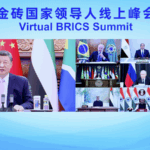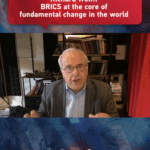As BRICS prepares for its 2025 summit, the bloc’s expansion signals a transformative shift in Global South collaboration. With membership now spanning continents and economies, the coalition represents 46% of the world’s population and 36% of global GDP. But can this diverse group align its priorities to reshape the international order?
Unity in Diversity?
Experts highlight both opportunities and challenges. “BRICS isn’t about replacing existing systems, but creating parallel pathways for development finance and technology transfer,” said Dr. Amina Yusuf, a Nigerian economist. Chinese analyst Wang Jian noted: “Infrastructure partnerships like the Belt and Road Initiative complement BRICS’ New Development Bank, offering alternatives to debt-heavy Western models.”
Economic Leverage and Challenges
Brazil’s Foreign Minister highlighted energy transition cooperation, while Ethiopian delegates emphasized food security programs. However, debates persist about balancing national interests with collective action. Indonesian trade representative Dewi Surya cautioned: “Sustainable growth requires resolving internal disparities in digital access and industrial capacity.”
With over 40 countries reportedly seeking membership, 2025 could redefine how emerging economies negotiate climate finance, AI governance, and multilateral trade reforms. As BRICS evolves, its ability to bridge developmental gaps may determine its role in building a multipolar world.
Reference(s):
cgtn.com
